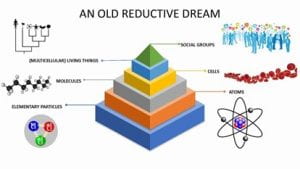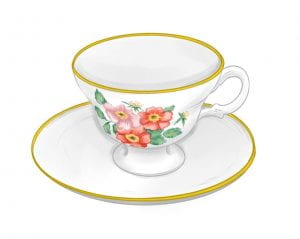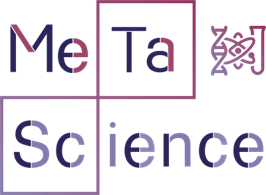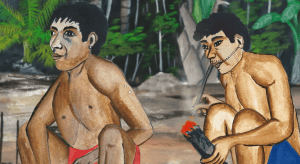As the world turns its attention to Glasgow and the 26th UN Climate Change Conference of the Parties – known as COP26 – we’re taking a look at some of the climate change-related research happening across the University of Bristol’s Faculty of Arts. For this first piece, we caught up with Dr Camilla Morelli, a Lecturer in Anthropology. Camilla specialises in the anthropology of childhood and youth, and the use of participatory visual methods in youth-centred research.
Hi Camilla! Thanks for joining Arts Matter. Can you tell us a little bit about yourself and what sparked your interest in your area of research?

Hi! Thanks for inviting me. I have an absolute passion for my discipline – social anthropology – and specifically the anthropology of childhood and youth. My greatest inspiration is Margaret Mead, the first anthropologist to take children seriously as research respondents.
Most of my research has taken place in the Amazon rainforest, where I started working over ten years ago. I was interested in exploring Amazonian children’s relationships – physical and imagined – with the forest environment. When I got there, all the children would talk about was the city, and how much they love concrete! Through the years, I have become very close to the community in Peruvian Amazonia where I work, and I return every year to visit them and conduct further work. I haven’t been able to travel to Peru since the start of the pandemic, and it’s breaking my heart. I hope I’ll be able to go back there soon.
My current projects are co-designed with young people, and are based on collaborative approaches. The children I started working with ten years ago have now grown up, and two of them have become anthropologists themselves! They are now my key collaborators in a British Academy-funded project, ‘Animating the Future’, and will be co-authors in our published outputs. I’m sure in the future they will be leading their own projects and transforming the field of anthropology.
That’s great – how wonderful to hear that the future of anthropology is in such good hands! What insights have you gained from engaging with young people?
I have learned so much working with children and young people! Something that I always find incredible is that children and youth have the capacity to radically transform the world through simple everyday actions, which are often unseen by adults. It astonishes me when I work with children to see how much their own parents don’t know about what happens in children’s daily worlds and imaginations. Then one day, all of a sudden, they realise that their children are substantially different from them, and they ask: “How did we get here?” They have no idea about the small, everyday actions through which children silently shape new futures. Once we appreciate that children and young people have this capacity and agency, we can give them more credit than we do, and perhaps work with them (rather than for them) so that we can build a sustainable future together.
 Your latest research project, based in the UK, is called Waves of Change – can you tell us more about it?
Your latest research project, based in the UK, is called Waves of Change – can you tell us more about it?
Sure! The project is based in Cornwall, where we are working with young people aged 15 to 18 to address the impact of climate change on coastal communities and their future. Cornwall is already feeling the effects of climate change hard – ocean acidification, plastic pollution (worsened by recent tourism) and warming are threatening the rich and unique marine ecosystems there, and sea levels are rising faster than average…meaning that Cornwall is sinking fast! Young people are at the forefront of these challenges and should have a key role in structuring debates around it. Yet, the young people we are working with often feel cut out of these debates. This sense of exclusion is heightened by the remote locations of their coastal communities, the limited access to public transport, and recent funding cuts to youth centres and activities.
Our project’s goal is to engage young people actively in a conversation on climate change and to help them share a message with the public and relevant policymakers. I have the privilege of working with two incredible women – the Co-Investigator Dani Schmidt, Professor of Earth Sciences at the University of Bristol, and Sophie Marsh, professional animator and the project’s artistic director. Dani is bringing her world-leading expertise in climate change to the project, and Sophie is teaching young people how to become animation producers. We are partnering with a local charity, Young People Cornwall, whose mission is to give young people enhanced opportunities and promote inclusion.
That sounds like such a brilliant project, with an important impact on those communities. Climate change is currently at the top of many people’s agendas, with COP26 now in full swing. Naturally, much of the talk centres around the science, but your latest research project combines climate science with anthropology and visual arts – what can this interdisciplinary approach bring to the table?
This is very much a collaborative effort! Our interdisciplinary approach can hopefully bridge the field of climate science with the knowledge of local communities, and specifically that of young people. While science can tell us much about the causes and effects of climate change (Dani’s expertise), we need an approach that is centred on young people’s own perspectives and can explore their worldviews – and this is brought in by anthropology and ethnography (my own field). But in order to engage young people actively in the process, we need participatory methods. This is where animation (Sophie’s world) comes in. Co-production of animation is a great method that allows young people to write and animate (literally ‘give life to’) their own stories, and to share them with others. We want this project to do all of this, while giving young people a new sense of hope and empowering them to realise that their voices matter and can be heard widely.
You can follow the project here:
https://twitter.com/EthnoAnimation
https://www.instagram.com/ethno_animation/
Camilla Morelli is a Lecturer in Anthropology at the University of Bristol. She specialises in the anthropology of childhood and youth, and the use of participatory visual methods in youth-centred research. Find out more about Camilla’s research.
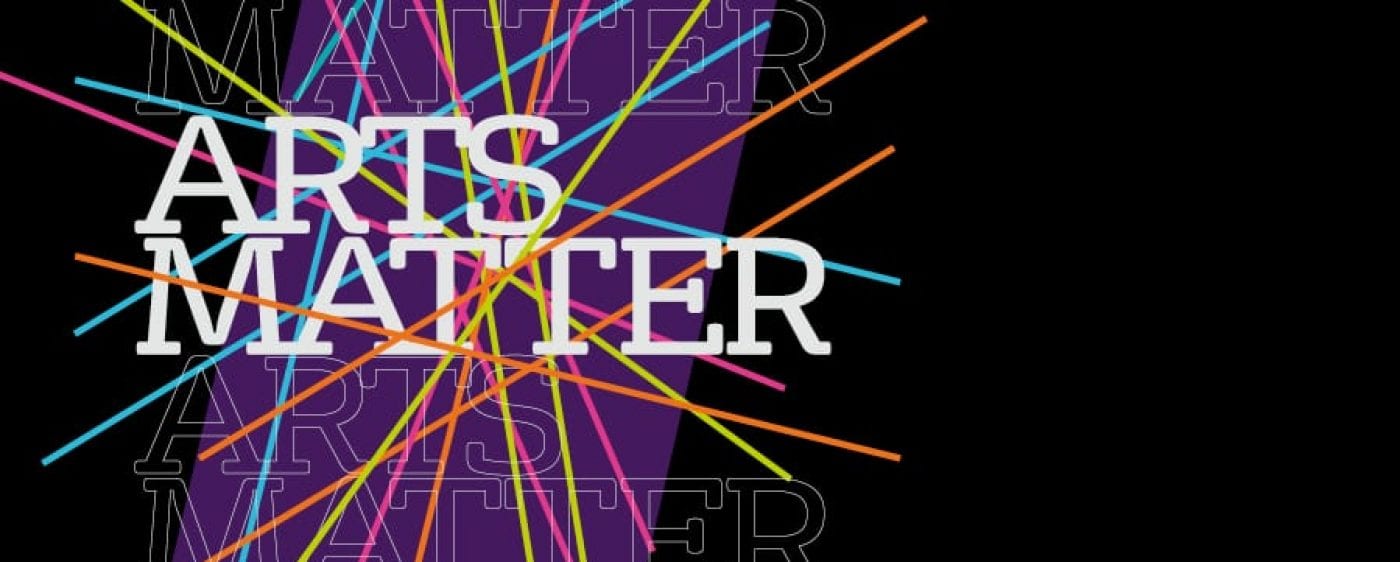

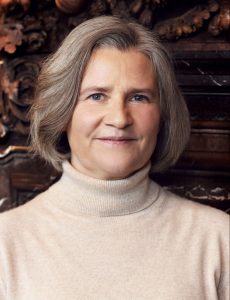 Professor Karla Pollmann, Dean of the Faculty of Arts
Professor Karla Pollmann, Dean of the Faculty of Arts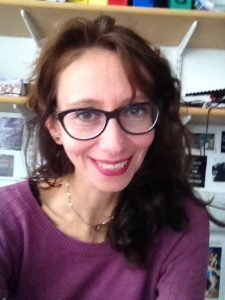 Dr Shelley Hales, Faculty Admissions and Recruitment Officer
Dr Shelley Hales, Faculty Admissions and Recruitment Officer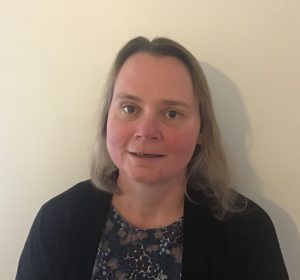 Michelle Coupland, Faculty Manager
Michelle Coupland, Faculty Manager